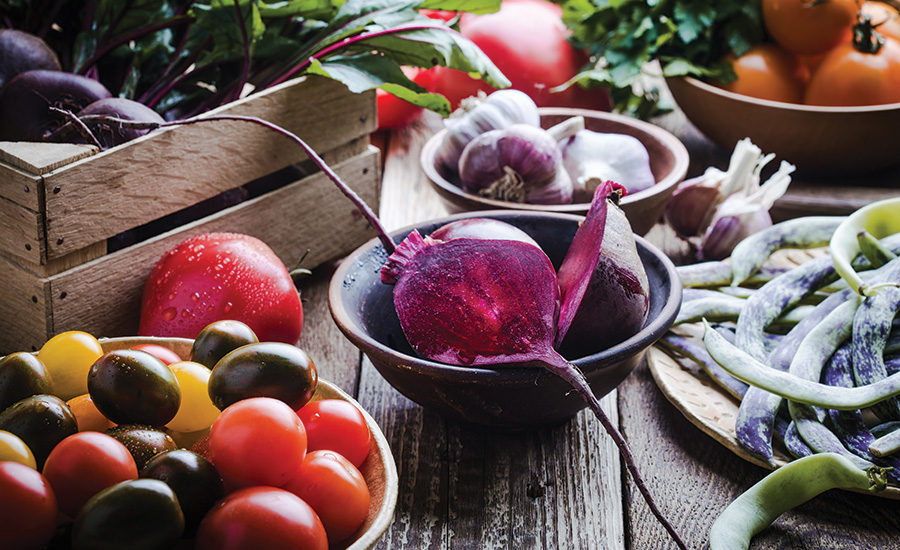The plant-based food trend has been building for a few years. In 2020, its appeal broadened to a larger audience, reflecting consumers’ amplified health concerns. Recognizing this movement, grocers and CPGs are introducing programs to capitalize on the market potential. Those efforts will expand as consumers continue looking for ways to incorporate more plant-based foods in their diets.
Meanwhile, as a global pandemic threatens public health, science continues revealing more and more ominous signs that the planet is also in trouble. Public consciousness has been raised: What are we going to do about this world we live in?
It makes sense that consumers’ growing mindfulness of health and sustainability will support a growing market for plant-based foods. The Food Marketing Institute (FMI) reported in August that the industry’s momentum around sustainability has continued through the pandemic, unabated.
The grocery industry had begun beefing up its online retail capabilities before COVID-19 struck, as well — a fortuitous beginning for another movement that has dramatically escalated this year. Another FMI study revealed that “in the first months of the pandemic, online sales surged by more than an eye-popping 300%.” Certainly while COVID-19 remains a threat, demand for home delivery of groceries is way up — which begs the question: How are products being packaged for delivery?
Aligning product, package and priorities
As producers of corrugated boxes, we think it’s only natural to put a plant-based product in a plant-based package.
Most meal-kit companies, knowing their markets, use predominantly paper-based, sustainable packaging. It usually includes paper bags inside a corrugated box, and other fiber-based ingredient containers for dry items. We can all learn from them.

The Facts
Think about it: Corrugated itself is plant-based — made from trees grown in sustainably managed forests, where they are planted, harvested and replanted in a circular ecosystem that is entirely renewable. In the U.S., the forest products industry plants seven new trees for every one they harvest. Plus, an impressive 92% of U.S. corrugated was recovered in 2019 for recycling, completing the cycle and furnishing feedstock to make new boxes.
Corrugated boxes are made to be remade using both new and recycled plant fibers. Both are needed, so the recovery and recycling stream is incredibly important to support a circular economy today. We must encourage recycling at all levels, including (increasingly important) households. CPGs and retailers can help by delivering their products in recyclable packaging, in the first place.
Building consumer trust is more important now than ever. Don’t miss the opportunity to let your customers and loyalists know that shopping in your store or purchasing your brand is consistent with their values and concerns. Always use the most sustainable packaging possible and communicate the package’s recyclability, recycled content or other environmentally responsible attributes. By aligning the package and brand with their values, you can make it easy for consumers to feel good about using your products and services.
Shipping and delivering plant-based products in plant-based, corrugated boxes just makes sense.


